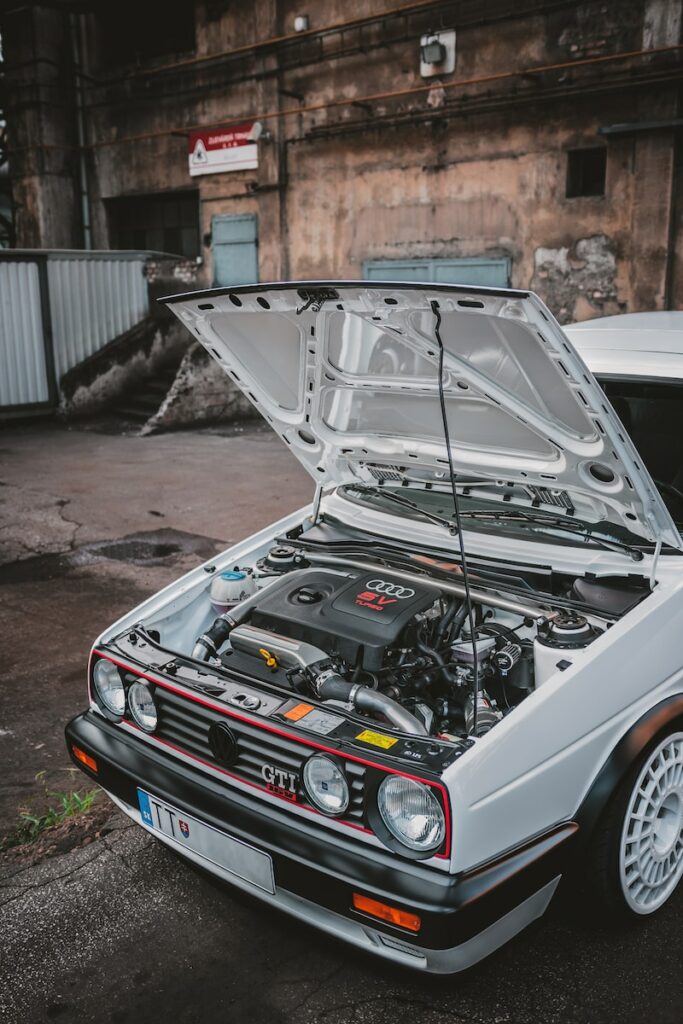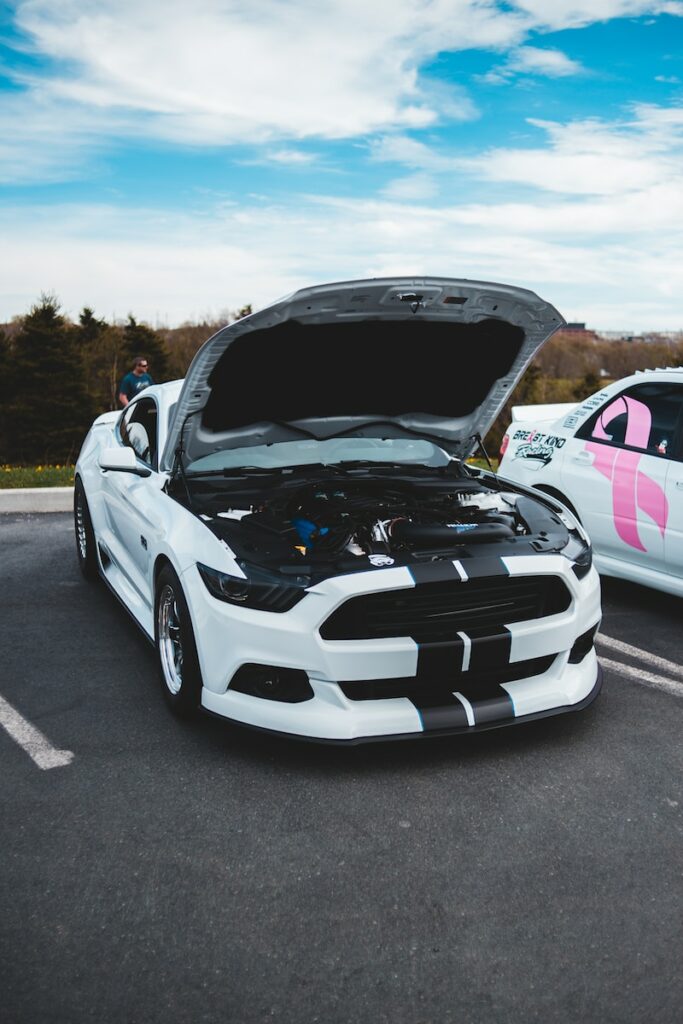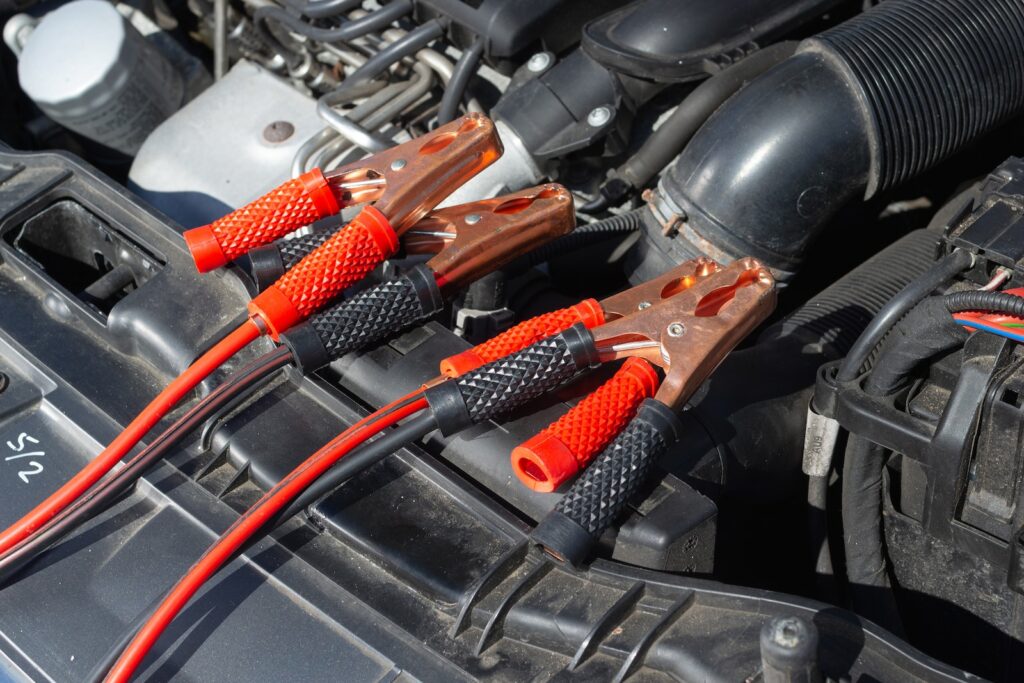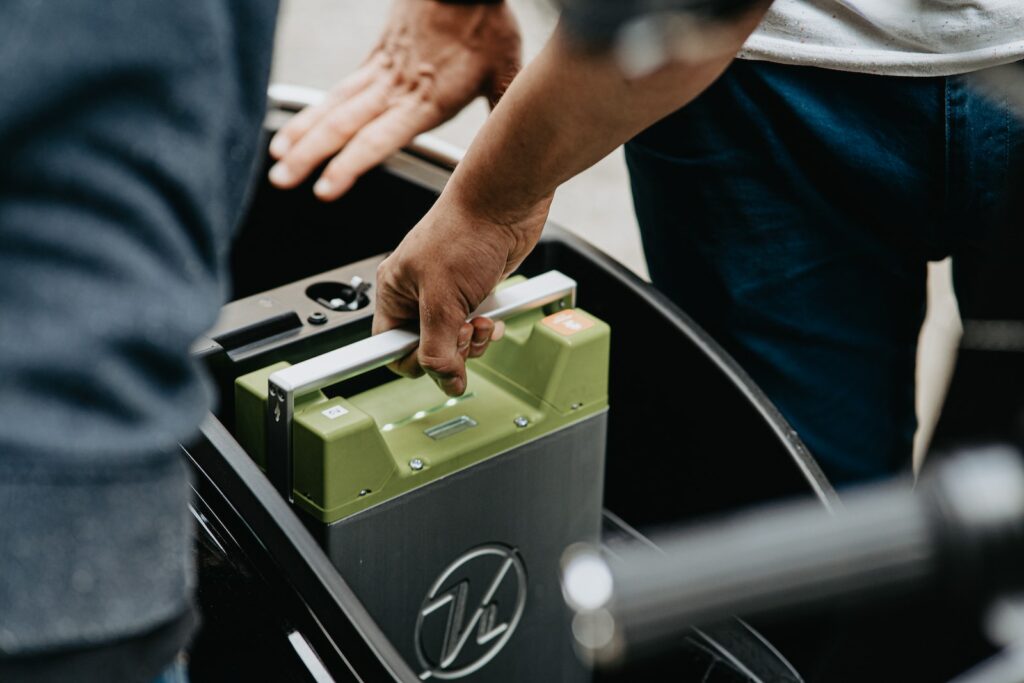Battery corrosion is a problem that can affect any car battery. So, it’s important that you know how to clean car battery corrosion. The most common cause of battery corrosion is discharging the battery over time, which creates sulfuric acid.
This buildup can also happen if you let your car sit for extended periods without using it. If this happens, don’t worry! There are several ways to clean the sulfuric acid from your battery before it causes further damage to your vehicle’s electrical components or even renders them ineffective altogether.
What Is A Car Battery Corrosion?

Car battery corrosion is the buildup of sulfate crystals that form when the battery discharges. Sulfate crystals are created when the battery discharges, which can cause damage to your car’s electrical components. The more sulfate deposits you have in your battery, the more acidic they become, and the worse they will affect your vehicle’s performance.
To prevent corrosion from building up on your battery and causing damage to it, you should clean it regularly with a solution formulated specifically for this purpose: Car Battery Cleaner or Battery Acid Remover (also known as “Battery Doctor”).
How To Clean Corrosion Off Car Batteries
If your car battery shows signs of corrosion, don’t worry – it can be cleaned up safely and easily. Here is a step-by-step guide to doing just that.
Step 1: Remove the battery from the car
This can be done by loosening the bolts on the battery hold-down bracket with a socket wrench.
Step 2: Take off the battery terminals
Once the battery is out of the car, take off the battery terminals. There are two types of terminals – positive and negative – and each one will need to be removed differently. The positive terminal is typically a circular connector that can be unscrewed by hand (or with pliers if tight). The negative terminal is a metal post surrounded by a rubber cap. To remove it, use a pair of pliers to twist it off (be careful not to damage the post).
Step 3: Make use of a wire brush for cleaning
If there is visible corrosion on the battery terminals or posts, use a wire brush to clean them off. Be sure to wear gloves and safety goggles, as battery acid can cause serious skin and eye irritation.
Step: 4: Mix a solution of baking soda and water
Mix a solution of baking soda and water (1 tablespoon of baking soda per 1 cup of water). Soak a cloth in the solution and use it to scrub the corrosion off of the battery terminals and posts.
Step: 5 Rinse the battery posts
Rinse the battery posts and terminals with clean water, then dry them off with a towel.
Step 6: Reattach the battery terminals
Reattach the battery terminals, ensuring they are tightened securely. Replace the battery in the car and reattach the battery hold-down bracket.
Step 7: Start your car
Start your car and check to make sure that everything is working properly.
Is Car Battery Corrosion Harmful to the Car?

Sulfate crystals form when a battery discharges. They are acidic and can cause damage to the electrical components of your vehicle. Battery corrosion is acidic and can cause damage to the vehicle’s electrical components.
Corrosion can cause damage to the vehicle’s electrical components, such as a starter or alternator. Baking soda and water is the most effective way to clean car battery corrosion. Other effective cleaners include Coca-Cola, Epsom salt, and a high-powered steam cleaner.
Using baking soda and water
Baking soda and water is the most effective way to clean car battery corrosion. Baking soda is a mild abrasive that will help remove the corrosion from your battery while also neutralizing its acid. This makes it an ideal product for cleaning up unwanted rust on your vehicle’s electrical system and preventing future damage.
Baking soda has been used for centuries as a cleaning product. Its abrasive properties make it an excellent choice for removing corrosion from metal surfaces (like those found on batteries). This also includes non-metal surfaces like plastic or rubber parts of engines or other components of cars and trucks—and even people!
If you’re concerned about how much force you need to use when applying baking soda directly onto these areas without causing damage, then fear not. According to our research, we’ve found out how easy this process is: just one teaspoon per gallon should do just fine.
Other effective cleaners
Here are some other effective cleaners you can use to clean your battery.
• Coca-Cola and Epsom salt are good cleaners because they contain citric acid and phosphoric acid, respectively. This combination helps remove corrosion without making your car’s charging system corrosive.
• A high-powered steam cleaner can also be used for this purpose, but ensure that you do not get any water inside your car’s battery compartment!
4 Ways to Prevent Car Battery Corrosion
Car batteries are a very important part of your car’s engine but can also be a source of corrosion. If left untreated, it can cause extensive damage to your battery and even lead to a rupture! This problem is caused by water, moisture, and salt from the atmosphere entering the battery through its terminals.
Clean off old corrosion
One way to prevent corrosion is to clean off old corrosion. You can do this with a wire brush, battery terminal cleaner, and a battery terminal polisher. A good battery terminal protector will also help protect the exposed metal areas of your car’s battery and prevent future corrosion from forming in those areas.
How often should you clean your car battery?

This depends on how much acid it has generated over time and how much abuse it takes from dirt, grit, and grime that causes corrosion inside its casing.
So keep an eye out for signs that things aren’t quite right before going through this process again! Use baking soda and water to clean the battery terminals.
Keep them shiny and dust-free.
Clean the terminals with a damp cloth. Then, use a terminal protector to prevent corrosion. Use a battery terminal brush to remove corrosion from the terminals. Keep them free of dirt, grease, and oil by wiping them down with soap and water after every use (or at least once per week).
You can also apply a small amount of grease or petroleum jelly before you put your car in storage for long periods; this will help protect against corrosion when you start your vehicle again!
Protect your terminals with dielectric grease
Dielectric grease is a grease you can use to prevent corrosion on battery terminals. It’s also a protective coating for electrical systems, such as your car’s wiring and electronics.
Dielectric grease helps keep the battery terminals clean and prevents them from rusting (which can cause short circuits). If you notice that your car battery has been sitting for a long time, it’s important to put dielectric grease on the terminals before reconnecting them so they don’t rust again. Applying dielectric grease every 6 months will help keep all this in check!
Checking your fluid levels
One of the most important things to do is check your fluid levels. Adding distilled water will help prevent corrosion by removing minerals from the battery acid that can cause rusting.
The right kind of fluid will help with this, too: distilled water works best because it has fewer residual minerals and metals than tap water. When adding fluid, keep all parts intact. The smaller amount of space between cells makes them more susceptible to damage by leaking electrolytes (the substance inside your battery).
If you notice a leaky spot on one side of your battery, don’t reach into the crack with something sharp. Let it sit there until you can replace that section later on down the road!
Finally, don’t let your car battery get too hot or cold either; both extremes will worsen any corrosion! It would be best to track how long you’ve been using each type to avoid exceeding its lifespan by letting things like extreme temperatures affect them negatively. Autozone is quite impressive mechanic shop to go for removing car battery corrosion.

Frequently Asked Questions:
What causes battery corrosion on a car battery?
Battery corrosion is primarily caused by the buildup of acidic residue from the battery’s electrolyte. It can also be accelerated by exposure to moisture and external contaminants.
Why is it essential to clean car battery corrosion?
Cleaning battery corrosion is crucial to maintain good electrical conductivity, prevent electrical problems, and extend the lifespan of the battery.
What are the signs that my car battery may have corrosion issues?
Signs of battery corrosion issues can include difficulty starting the vehicle, a slow cranking engine, or visible white or greenish-blue powdery residue around the battery terminals.
Can I clean car battery corrosion on my own, or should I seek professional help?
You can clean car battery corrosion on your own, as it’s a relatively simple maintenance task. However, if you’re unsure or uncomfortable doing it, seeking professional help is always an option.
What safety precautions should I take when cleaning battery corrosion?
When cleaning battery corrosion, it’s essential to wear safety gear such as gloves and safety glasses to protect yourself from exposure to corrosive materials. Additionally, disconnect the battery before cleaning.
Conclusion
The best way to clean car battery corrosion is baking soda and water. The baking soda will help remove the buildup of acidic material on the posts, which causes damage over time. The second step is adding Coca-Cola or Epsom salt, which will also help remove the buildup of acids that cause damage to electrical components in your vehicle.
The third step involves using a high-powered steam cleaner which you can use as an alternative method to scrub away any additional buildup without having access to an expensive chemical cleaner such as CLR11 or Clr11hca. Vehiclesforall is the ideal place for vehicle related articles and tips.




